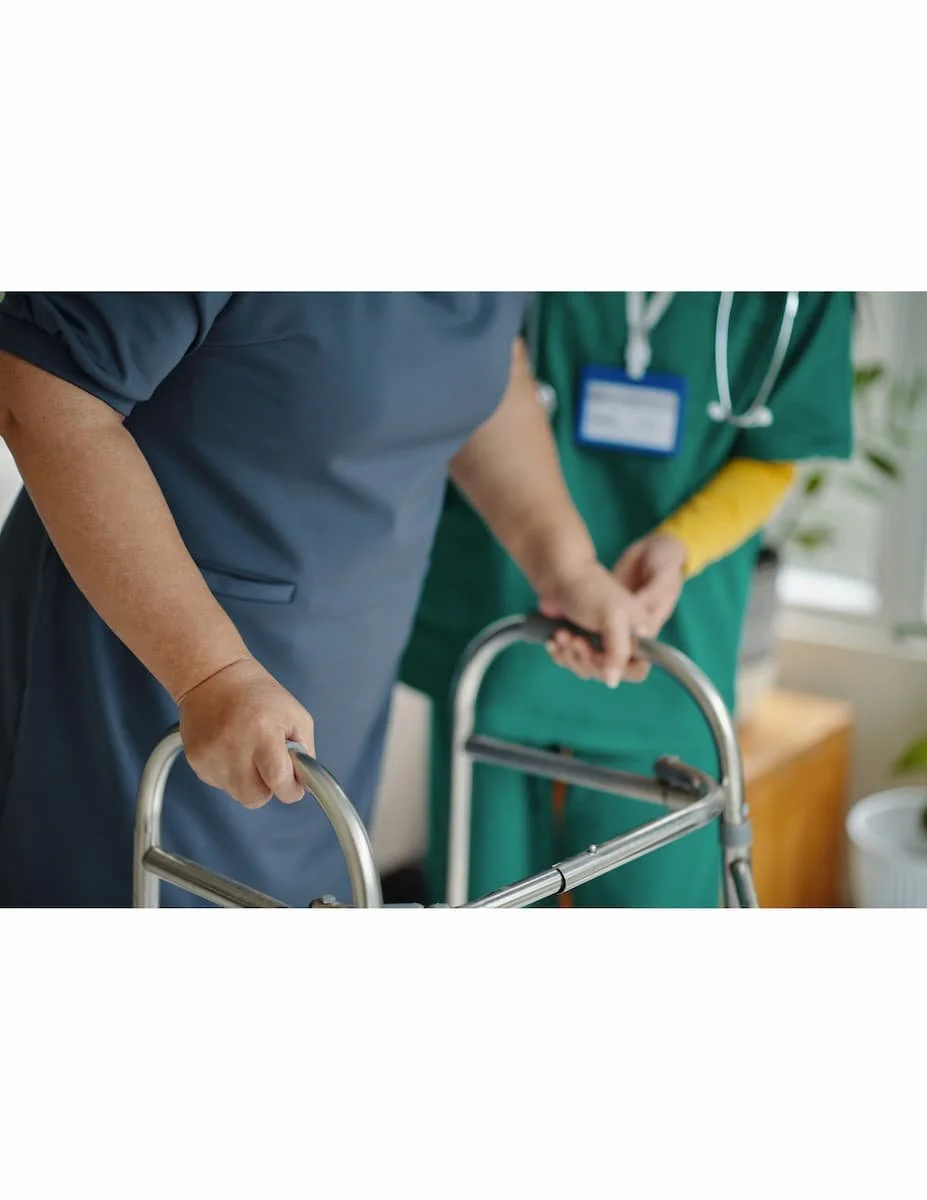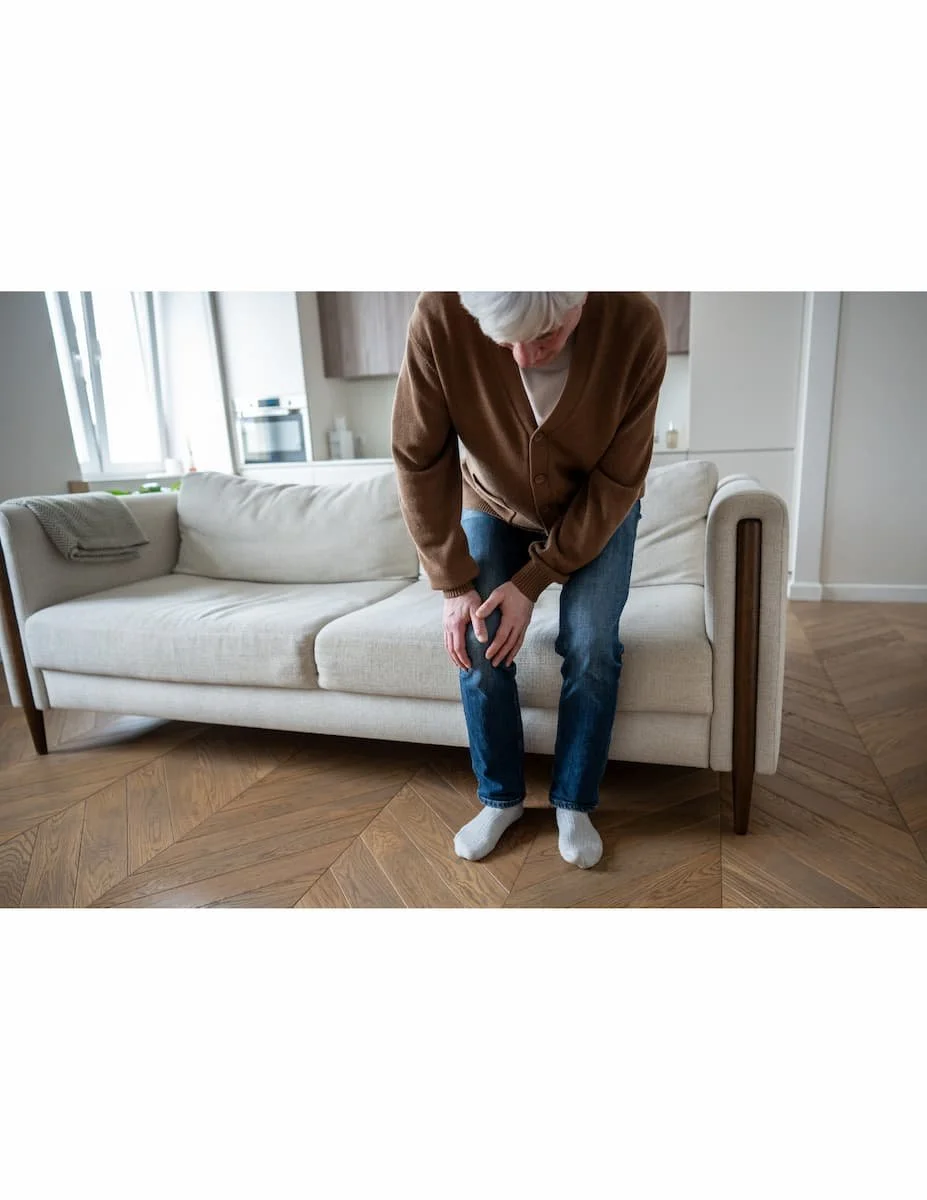Why Are You Losing Balance? How Physical Therapy Can Help
Worried About Wobbles? Here's How to Steady Your Steps
Have you noticed your mom hesitating before she steps off a curb? Or maybe your dad's been grabbing onto furniture more when he walks through the house?
It's one of those things that happens so gradually, you almost don't see it until one day it just clicks: "Wait, when did this start?"
Balance problems sneak up on people. And if you're the one experiencing it, it can be genuinely scary. That moment when you feel yourself tipping and your body doesn't quite catch you the way it used to? That's terrifying. And if you're watching someone you love go through it, the worry is just as real. You start thinking about falls, about injuries, about what happens if they can't live independently anymore.
But here's what I want you to know: losing your balance isn't just "part of getting old" that you have to accept. There are actual, concrete reasons it happens, and more importantly, there are real ways to fix it. That's where physical therapy comes in, and honestly, the results can be pretty remarkable.
Understanding Balance Problems
Let's talk about what's actually happening in your body when balance starts to fade.
It's not just one thing. Your muscles get weaker, especially in your legs and core. Your joints get stiffer. The reflexes that used to fire instantly when you stumbled? They slow down. Even your inner ear, which helps you sense where you are in space, can start giving you less reliable information.
Put all of that together, and suddenly things that used to be automatic require real concentration. Walking on an uneven sidewalk. Turning around quickly. Getting up from a low chair. Stairs become this whole production.
And the frustrating part is that balance problems don't always look dramatic from the outside. Your family might not even notice at first. But you feel it. That little wobble. That split second of panic. That nagging sense that your body isn't quite keeping up with what your brain is telling it to do.
The stakes feel high because, well, they are. Falls can change everything. A broken hip isn't just a physical injury. It can mean losing independence, moving out of your home, months of recovery. The fear of falling can be just as limiting as actually falling, making people retreat from activities they used to love.
How Physical Therapy Supports Balance and Strength
So what does physical therapy actually do about all this?
At TheraMotive, we don't just tell people to "be more careful" or hand them a cane and call it a day. We get in there and work on the actual root causes.
Our therapists assess what's really going on. Is it weak hip muscles? Tight ankles? Poor core stability? Trouble coordinating movement? Once we figure out your specific issues, we build a program around fixing them.
Sometimes that means strength exercises targeting the exact muscles you need for steady walking. Sometimes it's flexibility work to help your joints move the way they're supposed to. A lot of times, it's gait training, where we literally retrain your body how to walk in a more stable, confident way.
And here's the thing: it works. We see people who came in terrified of their own staircase eventually walking around their neighborhood again. People who were holding onto walls suddenly stood up straight and moved freely.
It's not magic. It's just addressing the problem systematically instead of hoping it gets better on its own
Partnering with Community Programs for Better Outcomes
One thing we've learned over the years is that therapy works best when it fits into people's actual lives. That's why TheraMotive partners with senior centers, assisted living communities, and neighborhood organizations all over Brooklyn, Queens, and Manhattan.
We bring programs directly to where people already are. Group balance classes at a community center. Fall prevention workshops at a senior residence. Home assessments to make living spaces safer.
There's something powerful about working on balance alongside other people dealing with the same challenges. It stops feeling like this isolating, embarrassing problem and becomes just another thing you're all tackling together. Plus, group programs make it easier to stay consistent, which is honestly half the battle.
We also work with families and caregivers, teaching them what to watch for and how to support their loved ones safely. Because balance isn't just about the exercises you do during therapy. It's about how you move through your whole day.
Tips for Families and Caregivers
If someone you care about is struggling with balance, there are practical things you can do right now:
Start with the home environment. Walk through their space with fresh eyes. Are there loose rugs that could slip? Dark hallways? Clutter on the floor? Installing a grab bar in the bathroom or adding better lighting in the stairwell isn't glamorous, but it can literally prevent a life-changing fall.
Encourage movement, but smart movement. Gentle exercises that strengthen legs and core make a huge difference. Even something as simple as sitting down and standing up from a chair repeatedly can build crucial strength.
And honestly? Don't wait until there's a crisis to get professional help. Physical therapists can spot subtle issues before they become major problems. We can see compensatory patterns or weaknesses that might not be obvious to you yet. Catching things early makes the fix so much easier.
Don’t Struggle Alone
Balance issues don’t have to define life for seniors. With the right approach, physical therapy can restore strength, confidence, and independence. TheraMotive partners with patients, families, and community organizations across Brooklyn, Queens, and Manhattan to deliver personalized programs that make a real difference in everyday life.
Learn more about TheraMotive’s community-based physical therapy programs here. Together, we can help seniors move safely, stay active, and live confidently.







Mobile physical therapy supports residents and staff, improving outcomes, engagement, and facility efficiency.